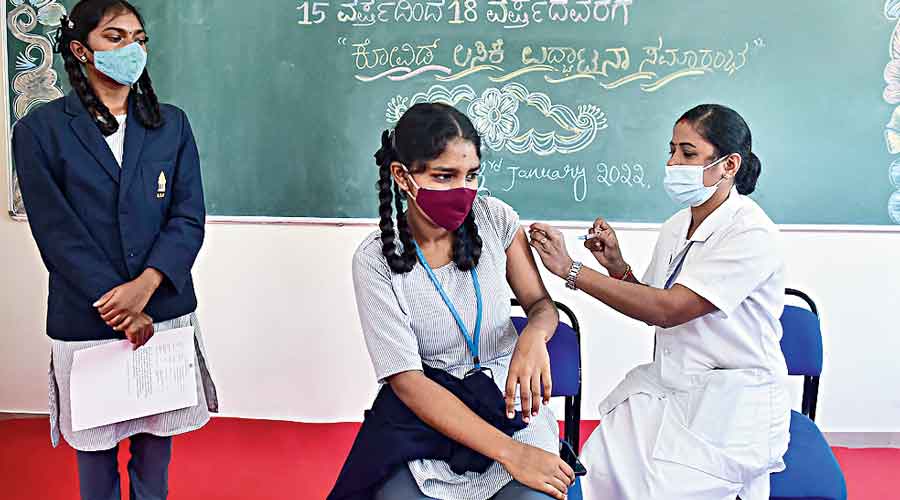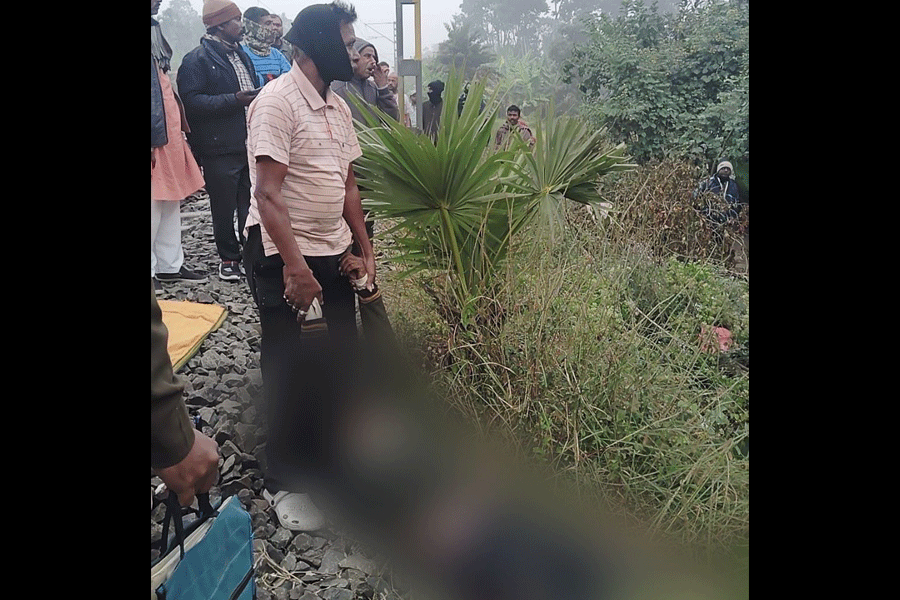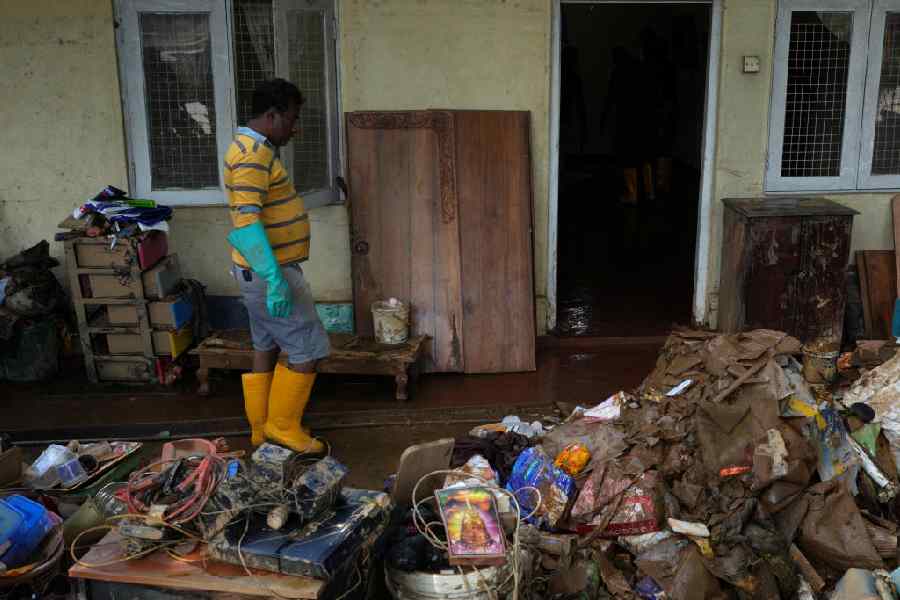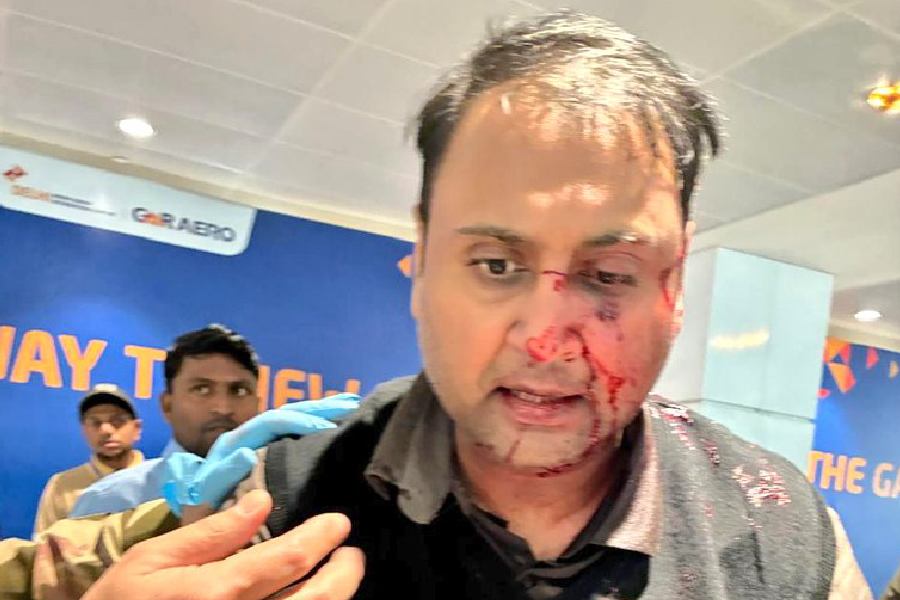Amid swelling Covid-19 epidemics in Delhi and Mumbai, health authorities are watching rising hospitalisation trends to determine if India’s large susceptible population pool will offset omicron’s relatively “mild” infection and overrun hospitals.
Daily Covid-19 admissions have increased in both cities — widely viewed as sites of India’s early omicron surges — over the past three days. Medical experts guiding Covid-19 responses expect the impact of hospitalisation to become clear by mid-January.
In Delhi, the counts of Covid-19 patients in hospitals increased on Monday to 420, from 307 on Sunday and 247 on Saturday. The number of patients requiring oxygen-support too increased to 124 on Monday from 82 on Saturday.
While over 8,600 hospital beds were vacant across Delhi, experts say the sharp increases in daily new infections — from around 2,700 on Saturday to 3,100 on Sunday, and 4,000 on Monday — is a potential concern because even small fractions requiring oxygen or ventilation could strain hospitals.
Hospitals in Mumbai on Monday admitted 571 Covid-19 patients, of whom 71 needed oxygen. The city’s admission count on Sunday was 506, with 56 patients requiring oxygen. The city’s hospital bed occupancy increased from 9 per cent on Saturday to 12.2 per cent on Monday.
“Our numbers started rising about 10 or 12 days ago -- we need more time to assess the impact of this wave on hospitalisation,” said Rahul Pandit, director of critical care medicine at Fortis Hospital in Mumbai and member of Maharashtra’s Covid-19 task force.
Doctors expect the outcome of hospitalisation trends to emerge around three to four weeks from the start of the surge. “If by January 10 or 15, our hospital bed occupancy remains 20 or 30 per cent of the capacity, I wouldn’t worry too much. Although daily admissions are increasing, we’re also discharging patients daily,” Pandit said.
The Union health ministry had until Monday morning documented 1,700 omicron infections with 510 cases in Mumbai, 351 in Delhi and 156 in Kerala. Although several districts and states are showing signs of growing epidemics through increases in test positivity rates — the fraction of people found positive among those tested —doctors say there is no evidence yet for pressure on hospital beds.
“Daily new infection counts are losing significance -- what really matters is hospitalisation,” said a physician-researcher in a central government institution who requested not to be named.
The health ministry has asked the states to ensure that district authorities impose lockdown-like restrictions wherever the test positivity rates exceed 10 per cent and oxygen bed occupancy exceeds 40 per cent.
Early trends from the UK and the US have stirred concerns that even a “mild” omicron might quickly overwhelm hospitals if the patients’ numbers swell and healthcare workers get infected.
“Even a small fraction of a giant number is still a large number,” said the physician-researcher.
“Our cities have millions of people, most of them susceptible to omicron because of its capacity to evade immune responses. And many of our healthcare workers who received vaccines early last year would now have waning immunity levels.”












